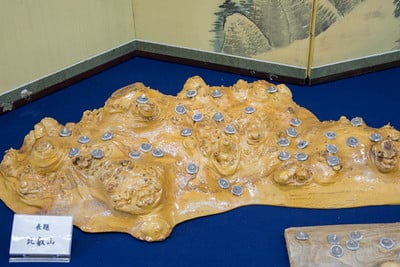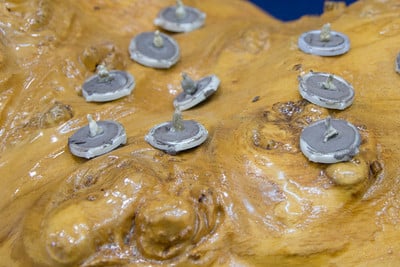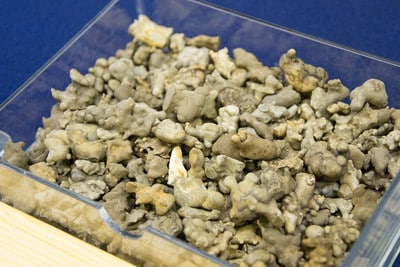I’ll keep this post simple – does anyone know the story behind this display from last month’s Taikan-ten?

Display with figures

Figures on burl wood

Close-up

Box of figures
Subscribe to Bonsai Tonight
New Posts Delivered Every Tuesday and Friday
An educational website about bonsai development
I’ll keep this post simple – does anyone know the story behind this display from last month’s Taikan-ten?

Display with figures

Figures on burl wood

Close-up

Box of figures
New Posts Delivered Every Tuesday and Friday
Success! Now check your email to confirm your subscription.
Zack Clayton says
Please let us know if someone answers this. It is very odd. Beautiful burl. Interesting box of concretions. And then there is some other incongruous stuff off camera.
Mac McAtee says
Anyone out there that can read the signs on the display? That may help.
Mark R Cooper says
I saw this too Jonas, but I have no idea of the concept behind this either. 🙂
Toshiro says
Mr Valavanis seems to have hinted on his blog that he knows the meaning
Chris Linares says
Looks like Eurasian Land Btidge between Japanese Mountains and China or a transition from mountain life to city life.
Vicki Chamberlain says
Hi Jonas,
If you have a higher res image I can ask my friends to translate the cards.
cheers and happy holidays!
Jonas Dupuich says
Here’s a link to a full-size image you can download: https://dupuich.smugmug.com/Japan-2015/35th-Taikan-ten/i-R87STDT/A
The most interesting guess I’ve heard so far is that it’s a reference to the Shikoku Pilgrimage.
Chris Cochrane says
I’ll hazard a guess that the torso-exposed figures are precarious survivors on life rafts in a roiling sea– perhaps, during a tsunami..Alternatively, the figures could represent the zombie apocalypse, which begins in yonder foothills. Neither suggests the quiet, solemn harmony of man and nature that is often expressed as the Japanese spirit in bonsai & suiseki communities. Is the depiction intended to be a bit surprising & disorienting? At Taikanten, the selection and arrangement of objects in a display are sometimes eccentric & intended to ignore tradition.
Vicki Chamberlain says
Well the translations prove somewhat less enlightening than hoped.
Translation of the note cards from left to right:
• Mining Rodeo Drive (Fifth Avenue)
• Wishes of a girl (virgin)
• (address & name)
• (title) Mount Hiei (name of famous mountain in Kyoto where is known by a world heritage Enryakuji.
Happy holidays to all!
Jonas Dupuich says
Ha – that’s great! Thanks Vicki
John Miller says
I would suggest that the scene represents the 1571 Siege of Mount Hiei. Googling Mt Hiei turned up two articles on Wikipedia re this. The translations by Vicki were the key. Mining is a military technique of planting hidden explosives. The long forms in front with figurines are boats carrying the warriors. The burl represents the town that was destroyed and the stone identifies the place exactly.
Oda Nobunaga led 30,000 men in destroying towns and temples on the mountain and near its base. This event would mark the end of the great power of Mt. Hiei’s warrior monks.
John Miller
Jonas Dupuich says
I like it – thanks John!